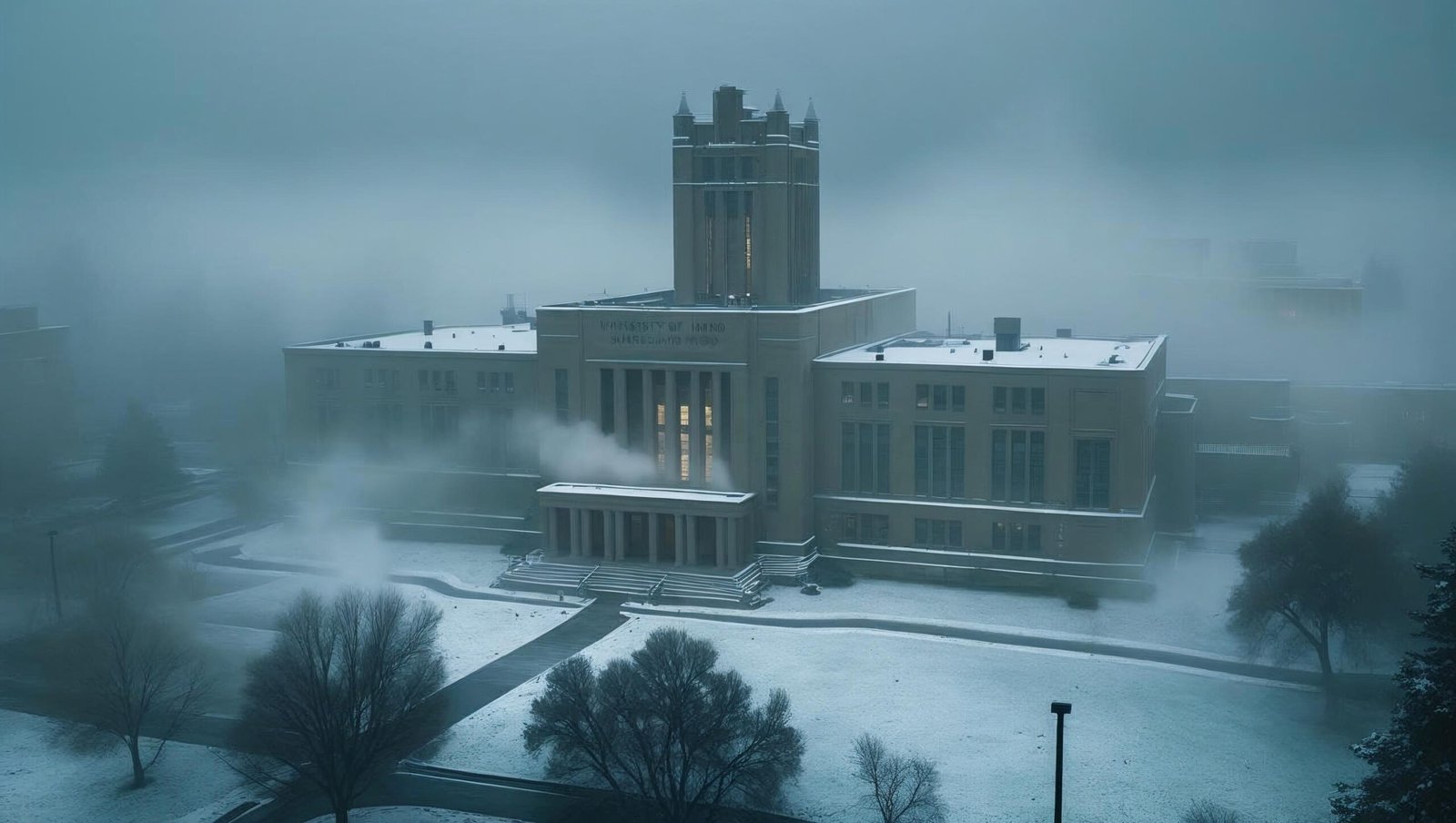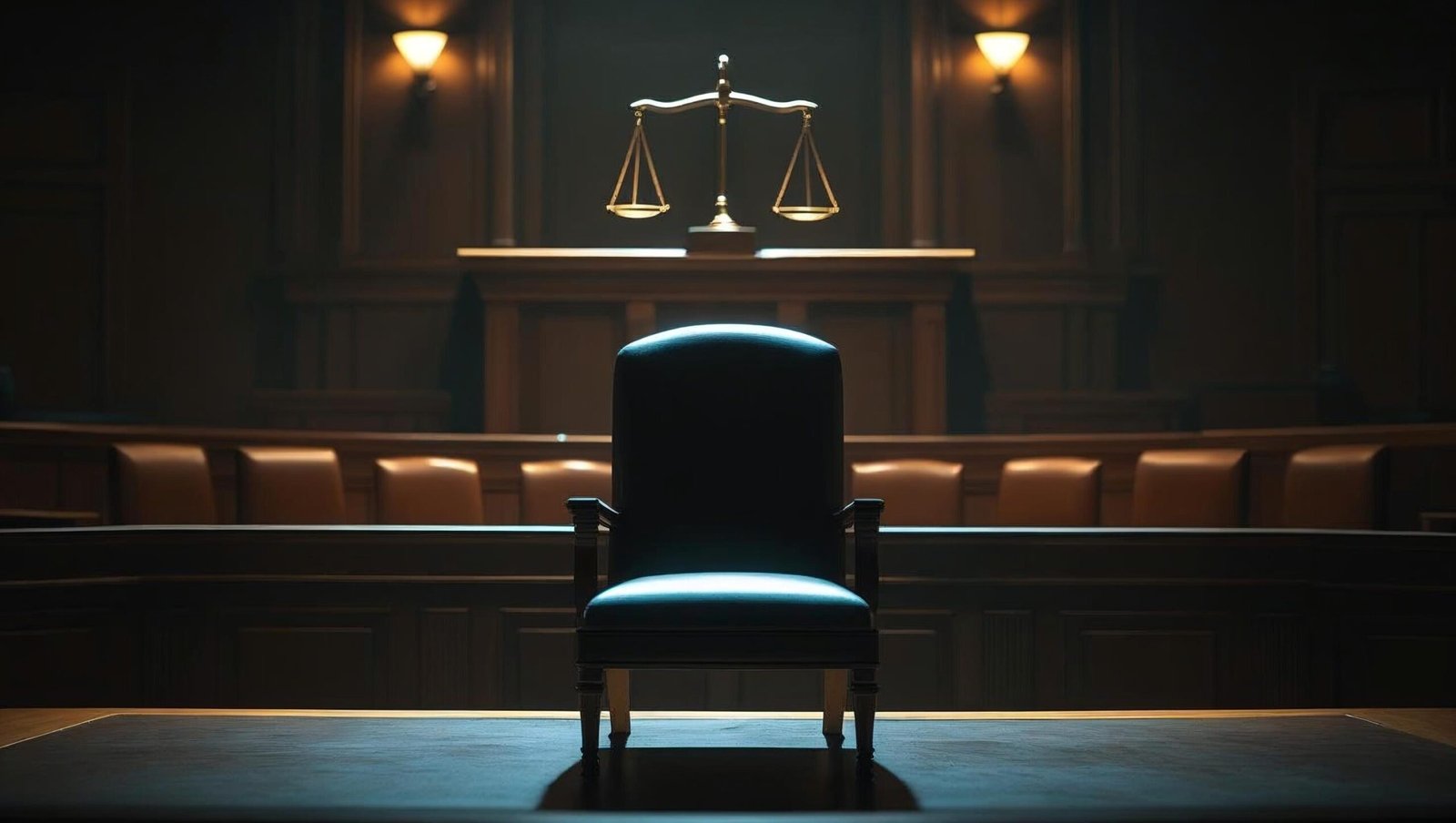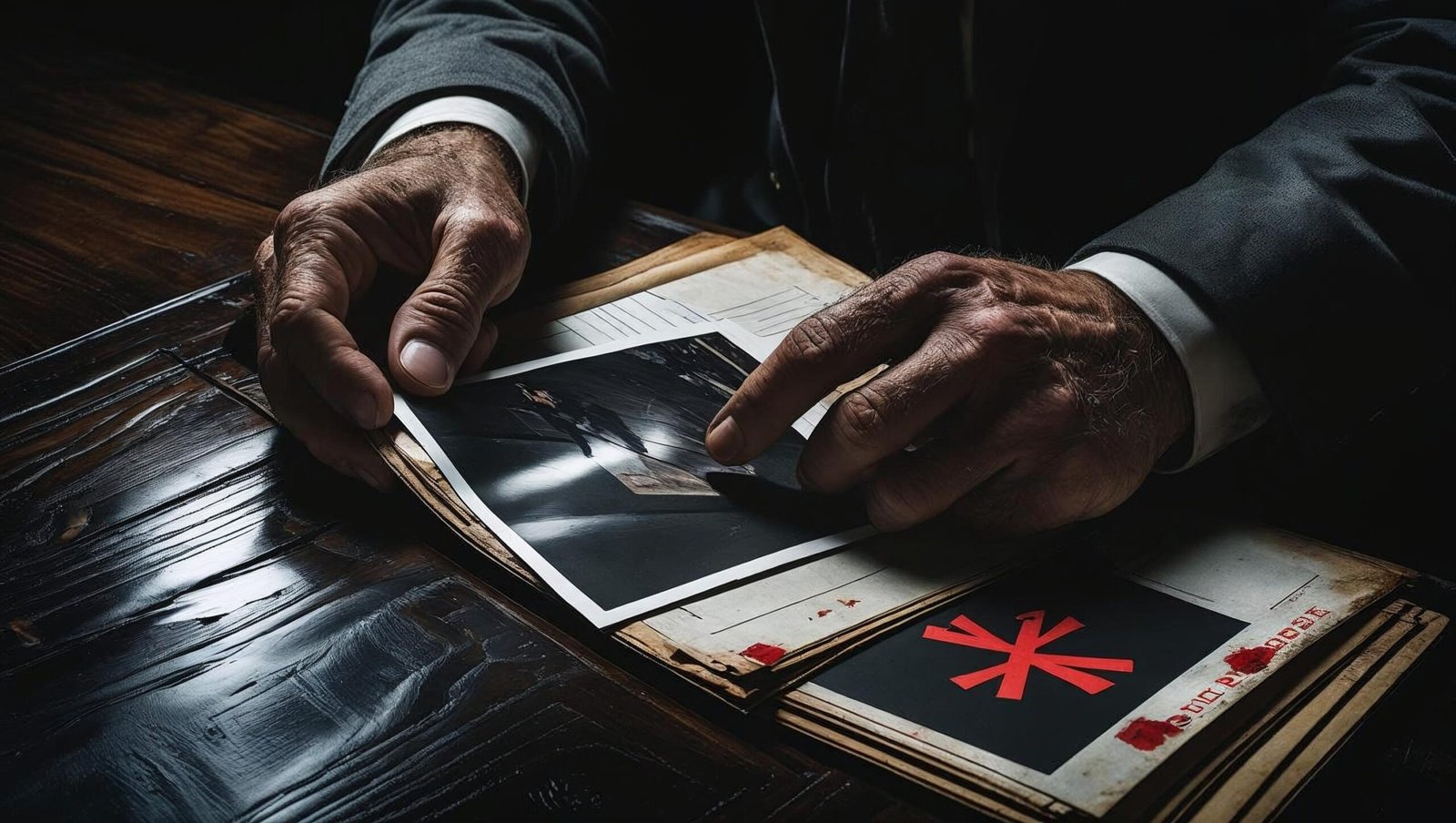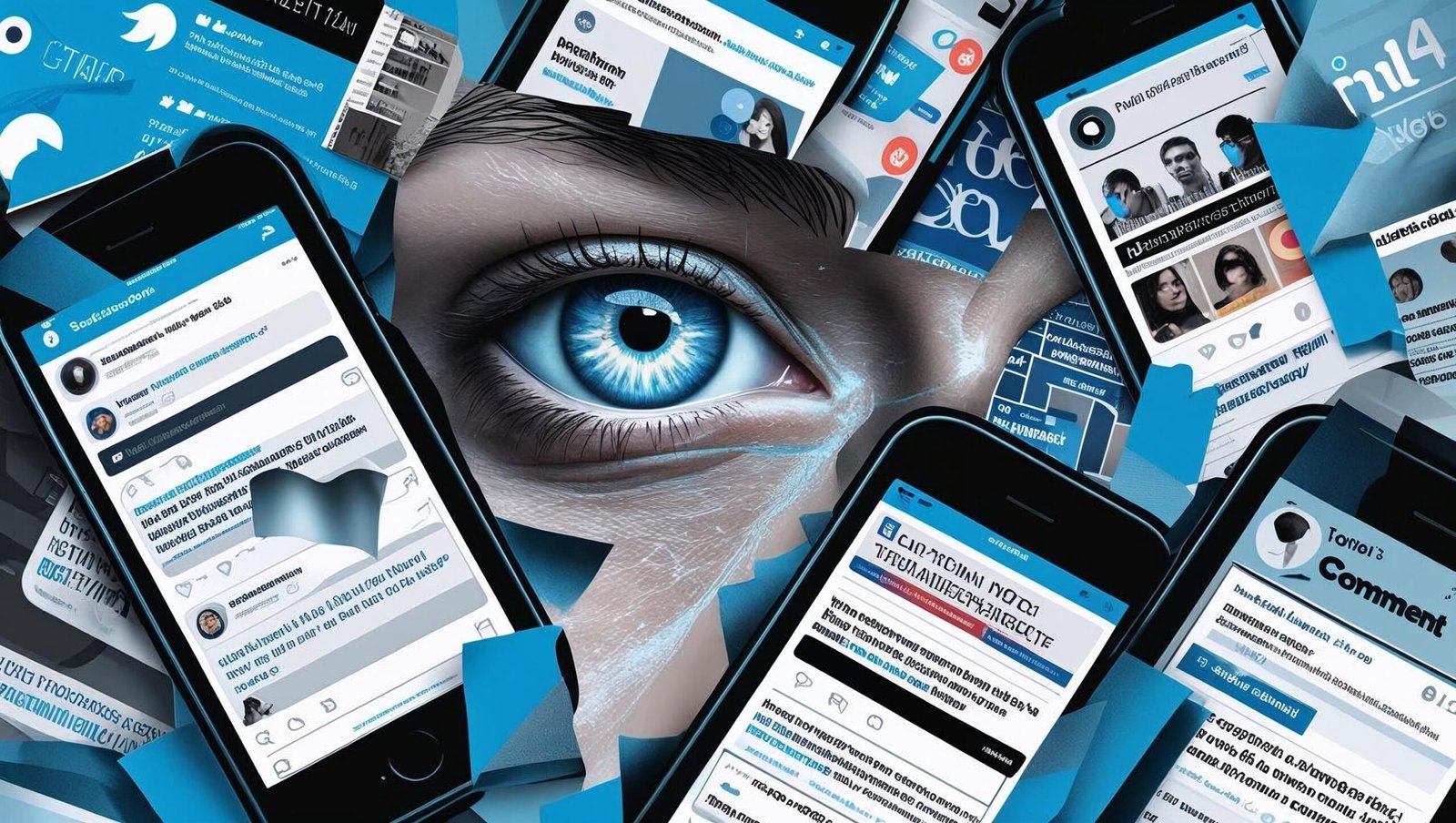Introduction: An Unthinkable Horror Unveiled
Few stories in recent American history have gripped the public conscience as fiercely as The Idaho Four. Penned by the prolific James Patterson alongside investigative journalist Vicky Ward, The Idaho Four: An American Tragedy presents not just a true-crime narrative, but a layered examination of society, youth, justice, and the emotional wreckage left behind.
The Idaho Four stands as a harrowing reminder of how the fabric of trust and safety can be shredded in a single night. This blog post delves deep into the book’s psychological, emotional, and factual tapestry.

1. The Setting of a Nightmare: University of Idaho
The Idaho Four begins with an evocative portrait of idyllic college life in Moscow, Idaho—a serene community suddenly jolted into global notoriety. Patterson and Ward meticulously reconstruct the environment, introducing the four students—Kaylee Goncalves, Madison Mogen, Xana Kernodle, and Ethan Chapin—as vibrant young souls.
Their portrayal in The Idaho Four isn’t just that of victims but of complex individuals brimming with potential. The peaceful setting only deepens the emotional gravity of the tragedy.
2. Anatomy of the Crime: The Night that Changed Everything
The central narrative of The Idaho Four pivots around the horrific night of November 13, 2022. Patterson and Ward chronicle the sequence of events leading up to the murders with journalistic precision. The book doesn’t sensationalize but rather presents the haunting facts: the entry point, the timeline, the weapon, the silence.
What makes The Idaho Four especially compelling is its attempt to humanise the loss without falling into gratuitous detail. The emotional tension is raw, but never exploitative.
3. Portrait of the Accused: The Enigma of Bryan Kohberger
One of the most chilling elements of The Idaho Four lies in its depiction of Bryan Kohberger—the man charged with the murders. His psychological profile, academic background in criminology, and odd digital behaviour add layers of discomfort.
Patterson and Ward analyse Kohberger through court documents, interviews, and expert opinions. The authors do not rush to judgment, instead raising difficult questions about identity, intent, and mental instability. The Idaho Four uses Kohberger as a case study of how intelligence and darkness can intersect.
4. Justice in Limbo: The Legal Quagmire
Legal proceedings around The Idaho Four are ongoing, and the book is careful to uphold the principle of “innocent until proven guilty.” Yet, it doesn’t shy away from examining inconsistencies, procedural dilemmas, and the broader implications for American justice.
The book suggests how The Idaho Four has become more than a local case—it’s a national conversation about safety, law enforcement, and criminal justice transparency.
5. Grief and the American Public: A Nation Mourns
Patterson and Ward dedicate considerable pages to the families of the victims. The portrayal of grief in The Idaho Four is both intimate and societal. It captures a nation’s collective mourning while providing space for individual pain.
From candlelight vigils to viral TikToks, The Idaho Four highlights how tragedy in the digital age becomes both personal and performative. The authors comment on the blurred line between public empathy and intrusive curiosity.

6. Investigative Journalism Meets Narrative Power
The structure of The Idaho Four showcases James Patterson’s flair for suspense paired with Vicky Ward’s investigative depth. It reads like a thriller but feels like a documentary. The authors strike a rare balance—ensuring that The Idaho Four neither exploits nor dilutes the truth.
They leverage court records, interviews, and timelines with acute editorial restraint. The writing is spare but impactful, never losing sight of the human cost.
7. The Broader Question: What Does This Say About Us?
Perhaps the most compelling takeaway from The Idaho Four is its reflection on American culture—its obsession with true crime, its disconnection from mental health conversations, and its unpreparedness for random acts of violence.
The book challenges the reader: Are we passive consumers of trauma? Have we normalised tragedy to the point of numbness?
In addressing these uncomfortable questions, The Idaho Four becomes more than a book—it becomes a societal mirror.
Expanding the Societal Impact: A Nation in Disbelief
The ripple effects of the tragic murders stretched far beyond the small town of Moscow, Idaho. The nation’s collective sense of security—already fragile due to a surge in unpredictable violence—took yet another hit. University campuses across the country reassessed their safety protocols, and once-vibrant student communities were shadowed by caution, fear, and constant surveillance.
What unfolds in the aftermath of such a crime is not just legal deliberation but cultural reckoning. America, despite its advanced legal machinery, often finds itself unprepared for the moral and psychological shocks embedded in modern-day tragedies. The story not only spotlights individual lives lost but ignites discussions about institutional failure, mental health, the media’s role, and societal fatigue.
The Role of Media: Between Empathy and Exploitation
One of the most pressing themes explored indirectly in the book is the role of media in shaping public perception during such incidents. In real-time, as law enforcement struggled to piece together the facts, social media platforms exploded with unverified theories, finger-pointing, and digital manhunts. Strangers dissected the victims’ personal lives, sleuths on Reddit speculated wildly, and viral videos offered supposed “clues.”
This modern dilemma—where tragedy becomes content—forces ethical questions. Is society genuinely mourning, or merely addicted to adrenaline-spiking horror? News cycles, podcasts, documentaries, and even TikTok creators fed off the incident, often without consulting or considering the victims’ families. Patterson and Ward indirectly critique this digital voyeurism, reminding readers that true crime is rooted in real, devastating human loss.
Mental Health and Violence: A Growing Disconnect
In contemporary discourse, there is a dangerous binary forming—those deemed “normal” and those considered “disturbed.” When acts of extreme violence occur, there’s a reflex to label the perpetrator as mentally unstable, thereby compartmentalizing the horror. However, this often does little to improve understanding or prevention.
The suspect in this case had studied criminology, appeared intelligent, and had participated in psychological research. The uncomfortable truth is that the presence of academic brilliance or social functionality is not an automatic barrier to dangerous tendencies. There needs to be a deeper interrogation of how institutions—educational, legal, and familial—can identify red flags before they manifest violently.
Unfortunately, discussions around mental health in America remain stigmatized or oversimplified. Universities often lack the resources or willingness to intervene early. When individuals begin to exhibit unusual or isolating behaviors, they are more likely to be ignored than supported. Preventive mental health care is not just a wellness issue—it’s a public safety imperative.

Digital Footprints and Crime: The Internet as a Double-Edged Sword
Modern investigators rely heavily on digital forensics. Cell tower pings, search history, social media activity, GPS data—all of it forms a mosaic of circumstantial and sometimes direct evidence. The book subtly illustrates how technology, for all its advancements, acts both as a tool for justice and a mirror of our vulnerabilities.
In this case, investigators reportedly used surveillance footage, vehicle tracking, and mobile data to identify the suspect. Yet, the abundance of digital clues also means that misinterpretation is common. False leads, data corruption, and over-reliance on algorithms can complicate rather than clarify.
Moreover, this digital trail raises privacy concerns. The increasing willingness of tech companies to share data with law enforcement, sometimes without court orders, walks a fine ethical line. In cases as sensitive as this, where the emotional stakes are high, the balance between justice and digital rights becomes tenuous.
The Psychological Toll on First Responders and Investigators
The burden of responding to a brutal crime often falls on underprepared, underfunded local law enforcement teams. While the public’s empathy usually centers on the victims and their families, few pause to consider the emotional trauma faced by detectives, paramedics, and forensic professionals.
Officers working on gruesome homicide cases often suffer long-term mental health consequences—ranging from PTSD to substance abuse and family breakdown. This hidden cost of crime-solving rarely features in popular media narratives but remains a real and pressing concern. The book doesn’t elaborate much on this, but its implications are worth exploring.
Professional debriefing, psychological counseling, and emotional leave should be standard practice—not optional—for those exposed to repeated human suffering. When this support is lacking, mistakes increase, public trust erodes, and the justice system weakens.
The Fragility of Trust in Communities
When an act of sudden violence erupts in a tight-knit community, the psychological repercussions linger far longer than headlines suggest. Residents of Moscow, Idaho—a town previously known for its low crime rate—now live with an altered reality. Trust, once taken for granted, becomes a luxury.
Neighborhoods where doors were once left unlocked now invest in surveillance cameras. Parents who once felt comfort in their children’s college choices now wrestle with doubt. Students learn to walk in groups, download safety apps, and second-guess late-night plans.
What happens to a community that can no longer believe in its own innocence? The loss is more than emotional—it is civic. The social fabric, once cohesive, becomes suspicious and frayed. Healing from such ruptures requires not just time but institutional support and communal solidarity.
The Gendered Lens of Victimhood and Violence
A recurring and troubling theme in many true-crime cases—including this one—is the gendered nature of violence. Women, particularly young women, often bear the brunt of obsessional, predatory, or retaliatory aggression. While one male victim was also among the slain, the narrative often fixates on the targeted brutality toward the women.
This invites a larger cultural reckoning with how female independence, social visibility, and self-expression are still often punished in violent terms. The normalization of male entitlement, coupled with poor emotional regulation and unresolved psychological trauma, forms a volatile mix.
Educators, policymakers, and parents alike need to contribute to a broader conversation about gender, emotional intelligence, and violence prevention. This is not merely a women’s issue—it’s a societal emergency.
Empathy Versus Curiosity: Navigating the Reader’s Role
As readers, we must be conscious of the line between compassionate engagement and morbid curiosity. True-crime books such as this have an educational and social function—but they also risk commodifying grief.
To honour the memory of the victims, one must read with awareness. These were real people, with families, dreams, laughter, and flaws. They are not merely chapters in a gripping narrative but lives interrupted.
Before recommending such a book, readers should ask themselves: What am I learning? If the answer is voyeuristic thrill rather than compassionate insight, we risk perpetuating the same cultural numbness the book seeks to question.

A Call for Action: Beyond Thoughts and Prayers
In the face of tragedy, public response often defaults to the familiar—condolences, vigils, hashtags. While these gestures reflect collective grief, they rarely result in substantive change. This book, by documenting every heartbreaking detail, implicitly calls for more.
Policy reform on mental health, increased campus security, media responsibility, and education about digital boundaries must not be delayed. Silence is complicity. Our mourning must translate into mobilisation.
There’s a moral obligation that comes with bearing witness through literature. If this story has moved you, let that emotional impact shape your civic engagement, voting patterns, and everyday conversations.
Literary Echoes: Comparing True-Crime Narratives
For readers who appreciate narrative nonfiction, this book stands in thematic company with classics such as In Cold Blood by Truman Capote or I’ll Be Gone in the Dark by Michelle McNamara. Yet, it distinguishes itself by its restraint.
While Capote’s stylised prose sometimes romanticised the grotesque, Patterson and Ward stick to clear, emotive storytelling that never obscures the truth. Their language is not ornamental—it’s purposeful. Their sentences do not dazzle—they reveal.
This stylistic choice is intentional. In dealing with modern tragedy, flashy writing feels misplaced. Minimalism here becomes moral.
Rebuilding Trust in the Criminal Justice System
In recent years, public trust in the criminal justice system has waned—due to miscarriages of justice, racial bias, police violence, and bureaucratic inefficiencies. This case, and by extension the book, offers a rare opportunity to reflect on what still works and what urgently needs reform.
From forensic breakthroughs to data-driven investigations, there are positive developments. However, delays in legal proceedings, lack of transparency, and political influences continue to hinder faith in outcomes.
An informed public must demand better—not just after headline tragedies but in everyday cases that never make the news.
Literature’s Role in Collective Healing
Books like this serve as cultural touchstones. They document pain, but they also preserve memory. They ensure that victims are not reduced to statistics. They provide space for mourning, understanding, and, ultimately, healing.
When handled with care—as Patterson and Ward have done—literature becomes a therapeutic act. It allows readers to grieve, to rage, and eventually, to hope.
True crime, when written ethically, does not glorify the criminal. It amplifies the voices silenced too soon.
This article was brought to you by shubhanshuinsights.com.
For thoughtful reviews, social analysis, and longform storytelling—stay connected.
Stylistic Strengths: Why the Book Resonates
-
Concise yet emotional: Despite dealing with heavy themes, the writing never drags.
-
Multiple perspectives: Family members, friends, police, and experts are all given voice.
-
Ethical storytelling: Sensitivity is maintained throughout, avoiding sensationalism.
The Idaho Four stands out not merely as a true-crime book but as an emotional reckoning and a wake-up call to America’s vulnerability.

Critical Observations: What the Book Misses
While The Idaho Four is largely commendable, a few criticisms are warranted:
-
Limited psychological insight: Though Kohberger’s profile is explored, a deeper forensic psychological evaluation would have added academic heft.
-
Over-reliance on timelines: Some readers might find the timeline-heavy sections slightly repetitive.
-
Absence of definitive closure: Since the case is ongoing, readers desiring resolution may be left wanting.
Still, these minor flaws do not diminish the book’s overall impact. The Idaho Four remains a definitive recounting of a tragedy that pierced the American psyche.
FAQs about The Idaho Four
Q1: Is The Idaho Four based entirely on facts?
Yes, it is a nonfiction book based on verified public records, interviews, and media reports, though it is written with narrative flair.
Q2: Does the book offer any new information on the case?
While it doesn’t break exclusive news, it compiles available data with depth and perspective not found in daily news reports.
Q3: Is The Idaho Four suitable for young readers?
Due to its graphic subject matter and emotional weight, it is not recommended for readers below 16.
Q4: How does the book treat the accused, Bryan Kohberger?
With journalistic integrity. The book avoids bias and underlines that the trial is pending.
Q5: Where can I purchase The Idaho Four?
It is available on major platforms like Amazon, Barnes & Noble, and independent bookstores.
Conclusion: A Sobering, Necessary Read
The Idaho Four: An American Tragedy is a chilling, somber, yet essential narrative that forces us to reflect on our society’s cracks. James Patterson and Vicky Ward elevate true crime into a platform for empathy, justice, and awareness. This book is not for the faint-hearted, but neither was the event it depicts.
If you wish to understand not just what happened but what it means, then The Idaho Four is an urgent, poignant, and unmissable read.
Visit: shubhanshuinsights.com
Comment Below:
-
“One of the most deeply disturbing yet vital books of this decade.”
-
“Rarely has true crime felt so heartbreakingly human.”
-
“The Idaho Four reminded me that behind every headline lies a lifetime.”